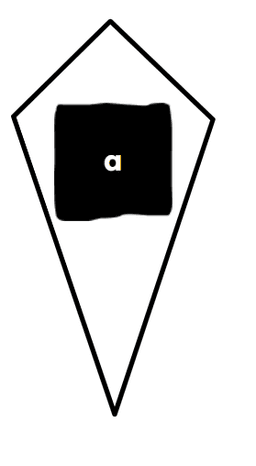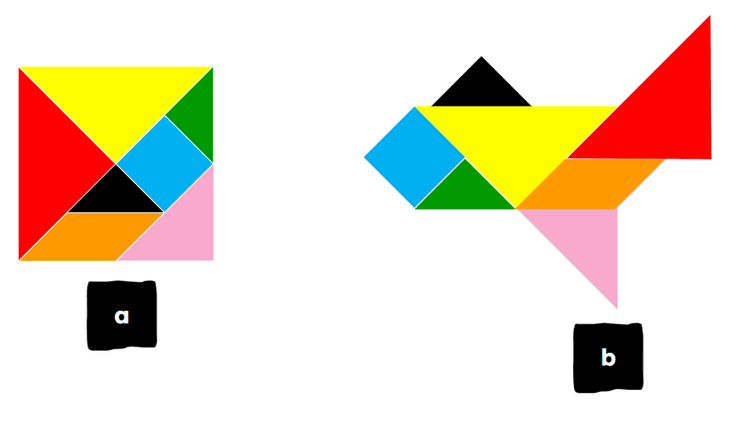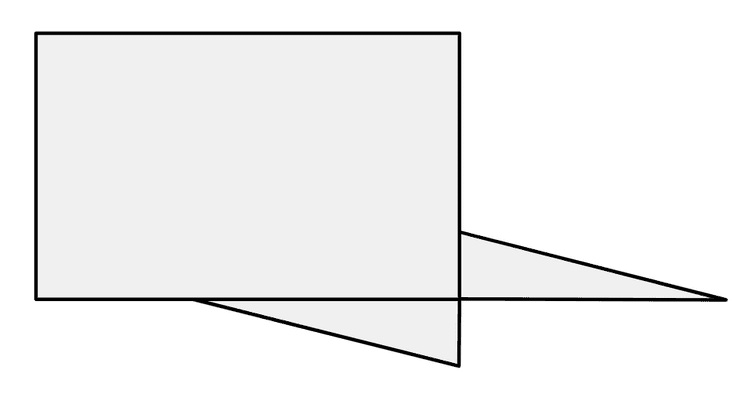Myths about teaching can hold you back
- Year 6
Any parallelogram can be decomposed and the parts rearranged to form a rectangular parallelogram
I can explain how any parallelogram can be decomposed and the parts rearranged to form a rectangular parallelogram.
- Year 6
Any parallelogram can be decomposed and the parts rearranged to form a rectangular parallelogram
I can explain how any parallelogram can be decomposed and the parts rearranged to form a rectangular parallelogram.
These resources were made for remote use during the pandemic, not classroom teaching.
Switch to our new teaching resources now - designed by teachers and leading subject experts, and tested in classrooms.
Lesson details
Key learning points
- The area of a parallelogram is equal to the area of the rectangle created by rearranging the parts.
- A parallelogram can be decomposed into a rectangle and 2 identical triangles.
- Rearranging the parts of a parallelogram helps to calculate the area.
Keywords
Parallelogram - A parallelogram is a quadrilateral with two pairs of parallel and equal sides.
Common misconception
Pupils who have learned about parallelograms often have a fixed idea of what they look like and do not realise that squares and other kinds of rectangles are also parallelograms.
The lesson defines parallelograms, giving three criteria, including parallel sides and equal pairs of opposite angles. Reinforce with pupils that these match the set criteria.
To help you plan your year 6 maths lesson on: Any parallelogram can be decomposed and the parts rearranged to form a rectangular parallelogram, download all teaching resources for free and adapt to suit your pupils' needs...
To help you plan your year 6 maths lesson on: Any parallelogram can be decomposed and the parts rearranged to form a rectangular parallelogram, download all teaching resources for free and adapt to suit your pupils' needs.
The starter quiz will activate and check your pupils' prior knowledge, with versions available both with and without answers in PDF format.
We use learning cycles to break down learning into key concepts or ideas linked to the learning outcome. Each learning cycle features explanations with checks for understanding and practice tasks with feedback. All of this is found in our slide decks, ready for you to download and edit. The practice tasks are also available as printable worksheets and some lessons have additional materials with extra material you might need for teaching the lesson.
The assessment exit quiz will test your pupils' understanding of the key learning points.
Our video is a tool for planning, showing how other teachers might teach the lesson, offering helpful tips, modelled explanations and inspiration for your own delivery in the classroom. Plus, you can set it as homework or revision for pupils and keep their learning on track by sharing an online pupil version of this lesson.
Explore more key stage 2 maths lessons from the Draw, compose and decompose shapes unit, dive into the full primary maths curriculum, or learn more about lesson planning.

Licence
Prior knowledge starter quiz
6 Questions
Q1.Which of these statements is true of a rectangle?
Q2.Which of these statements is true of a square?
Q3.A parallelogram has sides.
Q4.Which of the shapes is a parallelogram?



Q5.Which of the statements is true of all parallelograms?
Q6.Which of these statements describe shapes a and b?

Assessment exit quiz
6 Questions
Q1.The number rods have been used to make a parallelogram. Which of the statements is true?

Q2.A shape has been made from number rods. Which of the statements is true?

Q3.The triangles have been cut off the ends of a parallelogram and repositioned. Which of the statements is true?

Q4.The parallelogram is cut along the marked line. Complete. The parallelogram has been decomposed into a triangle and a .



